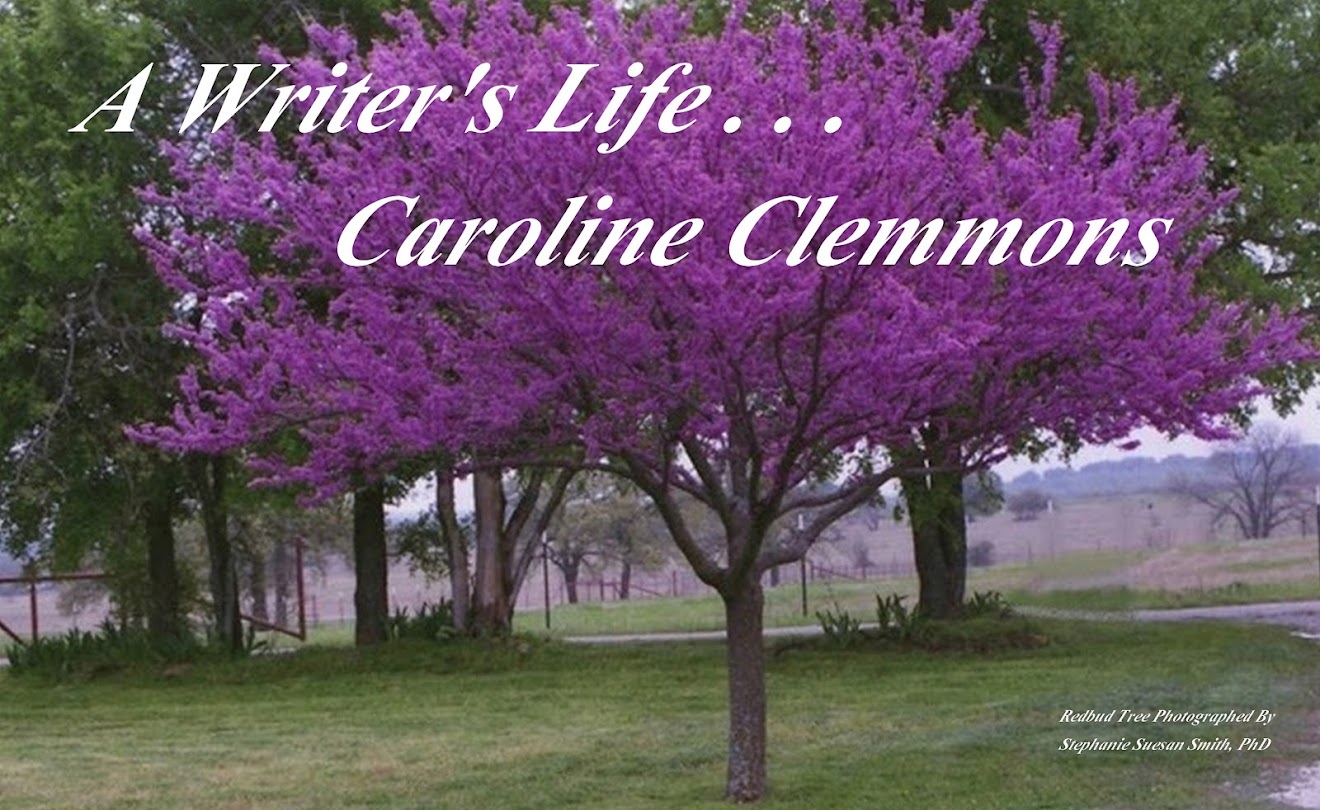Pioneering in the West with
the Women of Paragon Springs series by Irene Bennett Brown, from Five Star.
Do you enjoy books that
include adventure, romance, and history? This review for a four book series is
set in Kansas, but it could be anywhere in the Midwest or Western United
States. The series includes LONG ROAD TURNING, BLUE HORIZONS, NO OTHER PLACE
and REAP THE SOUTH WIND.
As the oral historian for my
family, I’ve interviewed more elderly family members than I can count. The
struggles depicted in the Women of Paragon Springs series brought to mind
stories passed down through my own family--and will probably do the same for
each reader whose family were pioneers. Although each book includes all the
women, each book is particularly about one woman’s story. The first two center
around Meg Brennan’s struggles. Aurelia Thorne takes center stage in the third,
and it’s my least favorite of the four books. The final book with Lucy Ann’s
story takes us into the twentieth century.
Let me share the blurb for
the first book, LONG ROAD TURNING.
Meg Brennon’s wagon has just
been hijacked by three bedraggled strangers on their way to Dodge City. On the
run from an abusive husband, Meg agrees to share her wagon with Grandma Spicy,
Lucy Ann, and Laddie as they search for their uncle. When they arrive in Dodge
City, they learn that the uncle has died, leaving only a small tract of land to
Laddie. Meg trades for another parcel and they build themselves a home, soon to
be joined by other women and children in need of a safe place. Harassed by a
cattle rancher who wants her land, and in constant fear of the bounty hunter
her husband has hired to find her, Meg struggles to maintain her farm. The
group starts a road ranch for travelers and sets up a newspaper and post
office. Through heartbreak and joy the homestead thrives, leaving Meg to
realize that she must find a way to free herself from the past.
Women of Paragon Spring is
about a group of women who each have faced tragedy. Each is literally at the
end of her resources. Banding together, these intelligent women rebuild their
lives using their wits, hard work, and planning. They have plans, big plans for
Paragon Springs. Although I’ve read many books of this type, in this series I
learned a lot about being a pioneer.
For instance, I’m certain
that if the necessity arose (Please, God, no!), I could build a soddy. I
learned the specifics for quarrying rock. I also learned that being a pioneer
took good health and stamina. Fortunately, the Women of Paragon Springs were
physically healthy, and each did her share.
They were not Amazons, just downtrodden women determined to make a home
for themselves. Fortunately, the principal women characters met their soul
mates.
Early on, Paragon Springs was
like a commune, but the women soon expanded to homestead the land nearby and it
became a community. Later, they decided a town nearby would help everyone so
they set about drawing honest, hardworking citizens to people their town. Don’t
think for a minute their job was easy! Every step forward was a battle. In
spite of the fact the territory was open to settlers, cattlemen who’d been
using the government grass for free fought against farmers and the town. Some
men wanted nothing to do with women telling them what was needed in the town or
county. Crooked con men tried to take over the town, which until then had lived
up to its name. Fires, drought, plagues of grasshoppers--just your usual
problems for homesteaders.
I loved these books. Any
reader who loves pioneer history would enjoy them. Readers who don’t care about
history but just want a good, strong story will also find the Women of Paragon
Springs a joy. The first book, LONG ROAD TURNING, was my favorite, but all four
are well worth the investment of reading time.


No comments:
Post a Comment